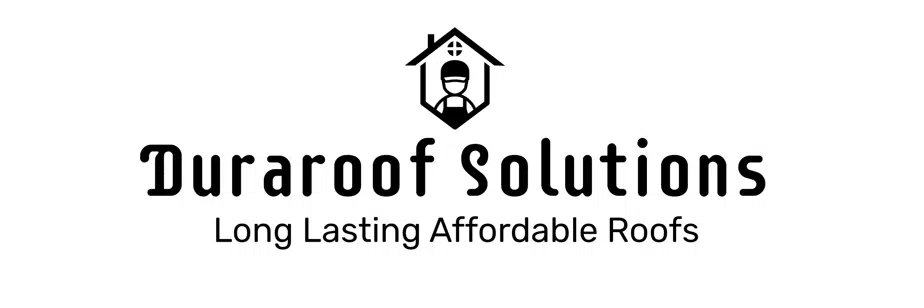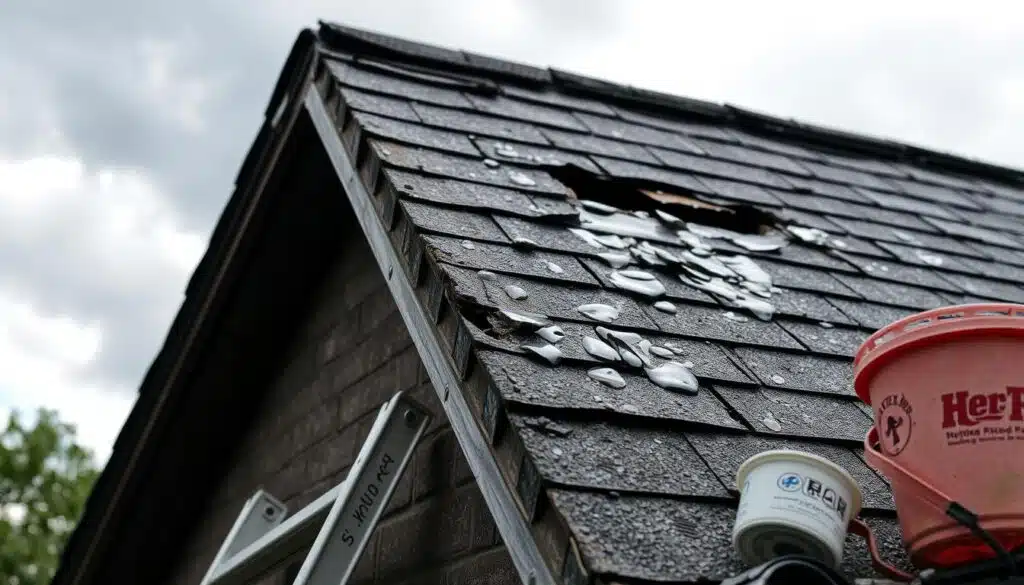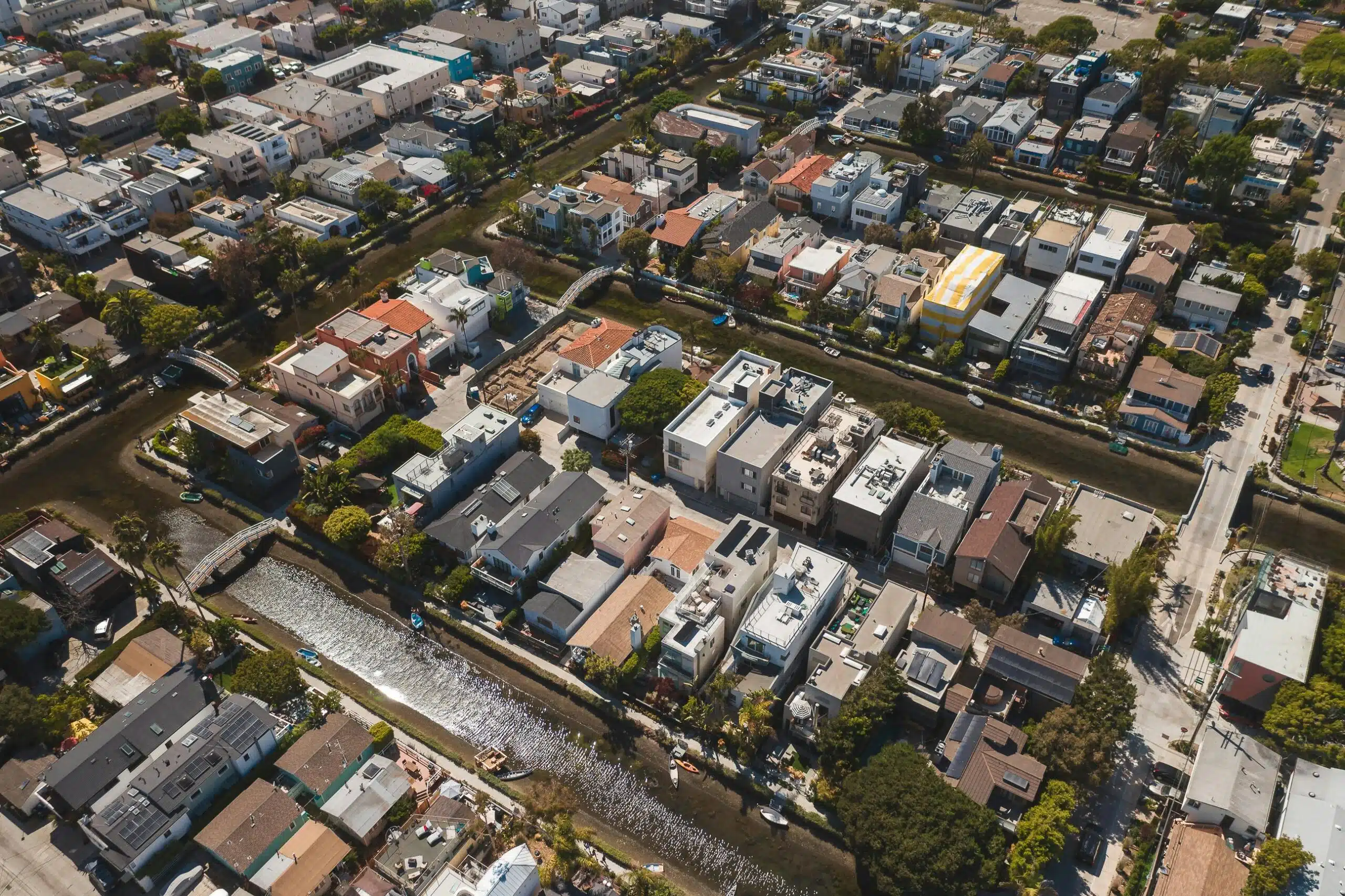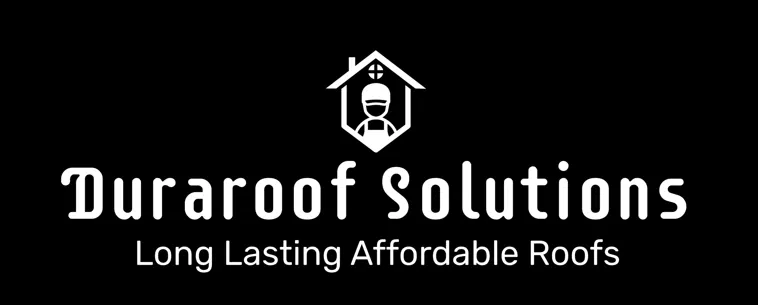Expert Roof Leaks Solutions | Stop Water Damage Now
Roof leaks can cause a lot of damage if not fixed fast. We’re experts in fixing these problems. We’ll show you how to spot and fix leaks quickly to protect your place.
We’ll cover why roof leaks happen, what to do in an emergency, and how to fix them for good. You’ll learn about temporary fixes and long-term solutions.
Key Takeaways
- Understand the common causes of roof leaks, including age-related deterioration, severe weather, and poor installation
- Learn how to identify and address roof leaks through professional detection methods like thermal imaging and moisture mapping
- Discover the essential tools and materials needed for effective roof repairs and maintenance
- Explore a range of roof leaks solutions, from temporary fixes to long-term prevention strategies
- Recognize when it’s time to call in professional roofing contractors for expert assistance
Understanding Common Causes of Roof Leaks
Keeping your roof in good shape is key to protecting your home from water damage. Even with the best care, roofs can still leak, leading to expensive fixes. Knowing why roofs leak and how to stop it is crucial.
Age-Related Deterioration Signs
Roofs get worn out with age, making them more likely to leak. Shingles can crack or fall off, letting water in. Check your roof often for missing or damaged shingles to catch problems early.
Impact of Severe Weather Conditions
Severe weather like storms and hail can damage roofs, causing leaks. These events can harm roofing materials, making them less effective. After bad weather, check your roof for damage to keep it strong.
Poor Installation Issues
Leaks can also come from bad roof installation. Poor sealing around vents or chimneys, or wrong flashing, lets water in. Get your roof installed by pros to avoid these problems and save on shingle replacement.
| Cause | Potential Impact | Preventive Measures |
|---|---|---|
| Age-Related Deterioration | Cracked, missing, or detached shingles | Regular roof inspections and maintenance |
| Severe Weather Conditions | Physical damage to roofing materials | Monitoring the roof after extreme weather events |
| Poor Installation | Improper sealing and flashing around roof penetrations | Hiring experienced and reputable roofing contractors |
“Addressing the root causes of roof leaks is essential for preserving the structural integrity of your home and preventing costly water damage.”
Knowing why roofs leak helps homeowners keep their roofs in top shape. This protects their homes from water damage.
Immediate Actions for Roof Leak Emergencies
When you face a sudden roof leak, it’s important to act fast. This can stop more damage and keep water out. Roof leaks can cause a lot of harm, like water damage, mold, and structural problems if not fixed. Here’s what to do right away to handle a roof leak emergency.
- Locate the source of the leak: Find out where the water is getting into your home. This will help you know where to fix it first.
- Contain the leak: Use a tarp, bucket, or waterproof material to catch the water. This stops it from spreading and causing more damage.
- Protect your belongings: Move things like furniture, electronics, and valuables away from the leak. Cover them with plastic or towels if you can.
- Assess the extent of the damage: Check the area around the leak for water damage signs. Look for discoloration, warping, or mold. This info is important for fixing it right.
- Secure the area: If the leak makes the area unsafe, like slippery or with exposed wires, make it safe right away.
By acting fast and following these steps, you can lessen the damage from a roof leak. This helps prepare for more lasting fixes. Remember, fixing the leak right away is key to avoiding big water damage and expensive repairs later.
While these quick fixes help, it’s vital to find and fix the leak’s cause quickly. Getting help from a professional roofing contractor is usually the best move for lasting waterproofing and roof leak solutions.
Professional Roof Leak Detection Methods
Finding roof leaks can be tricky, but pros use special techniques to find them. These methods go beyond just looking at the roof. They help find hidden leaks and spots that might cause problems later.
Thermal Imaging Technology
Roofing experts use thermal imaging cameras to find leaks. These cameras spot temperature changes on the roof, showing where moisture or air leaks are. This helps them find the exact leak spot and how big the problem is, making repairs easier.
Moisture Mapping Techniques
Moisture mapping is another key method. Roofers use moisture meters to scan the roof. This creates a map of where moisture is high. It shows where the leak is and if other areas might be affected, helping them fix the roof better.
Visual Inspection Protocols
Even with new tech, a close look at the roof is still important. Roofers check for damage, like cracked shingles or missing flashing. They also look for water pooling. This hands-on check, with the latest tools, helps them understand the roof’s condition and find leaks.
Using these methods, roofers can find the main problem and fix it right. This stops more water damage and keeps the roof strong for a long time.
| Roof Leak Detection Method | Key Benefit |
|---|---|
| Thermal Imaging | Identifies temperature differences indicative of moisture or air leaks |
| Moisture Mapping | Pinpoints areas with elevated moisture levels for targeted repairs |
| Visual Inspection | Identifies signs of wear, damage, or deterioration on the roof surface |
“Accurate leak detection is the foundation of effective roof repair. Professional methods ensure a comprehensive assessment and long-lasting solutions.”
Essential Tools and Materials for Roof Repairs
Fixing your roof right needs the right tools. Whether it’s a small fix or a big waterproofing job, the right tools matter a lot. Here’s what every homeowner should have for roof repairs.
Basic Roofing Tools
- Roofing hammer: A special hammer for easy nailing and removing old shingles.
- Roofing knife: A sharp knife for cutting shingles and other materials.
- Roofing nails: Strong nails for securing shingles and other parts.
- Roofing gloves: Gloves to protect your hands from sharp edges and hot surfaces.
Specialized Roof Repair Tools
- Roof sealant gun: For applying sealants and caulks to fix leaks and cracks.
- Roof cement: A strong adhesive for bonding shingles and other materials.
- Roof shears: Heavy scissors for cutting through hard roofing materials.
- Roof ventilation tools: For installing or fixing roof vents and other systems.
Having a good toolkit with these roof repair, waterproofing, and shingle replacement tools is key. It prepares you for many roofing tasks, from small fixes to big renovations.
“The key to successful roof repair is having the right tools for the job. Invest in quality equipment, and you’ll be able to tackle any roofing challenge with confidence.”
Roof Leaks Solutions: Step-by-Step Guide
Fixing roof leaks needs a detailed plan. Knowing the causes and using the right methods can stop water damage. This guide will show you how to fix leaks temporarily and long-term, and how to prevent them.
Temporary Fix Applications
For quick fixes, there are a few options. These can help stop leaks and prevent more damage. Here are a few:
- Apply roof sealant or caulk to the leaky spot.
- Put a waterproof tarp or plastic sheet over the leak.
- Use roof repair tape or mastic for a temporary patch.
Long-term Repair Strategies
While quick fixes help, you need to fix the real problem for a lasting solution. Long-term fixes might include:
- Replacing shingles or tiles that are damaged or missing.
- Fixing flashing around chimneys, vents, or other roof spots.
- Repairing structural issues like damaged rafters or decking.
Prevention Measures
To avoid future leaks, regular maintenance is key. This includes:
| Measure | Description |
|---|---|
| Routine Inspections | Check your roof often for damage or weak spots. |
| Gutter Cleaning | Keep gutters and downspouts clear for good water flow. |
| Attic Ventilation | Make sure your attic has enough air to avoid moisture and ice dams. |
By following this guide, you can fix roof leaks, protect your home, and keep your roof in good shape for a long time.
“Properly maintaining your roof is the key to preventing future leaks and protecting your home from water damage.”
Waterproofing Techniques for Different Roof Types
Keeping your roof watertight is key to protecting your home or building from water damage. No matter the roof type, there are many waterproofing methods. These can fix leaks and help restore your roof for years to come.
Flat roofs need a seamless barrier to keep water out. You can use liquid-applied membranes, torch-down modified bitumen, or single-ply roofing. These options not only seal the roof but also make it more energy-efficient.
Sloped roofs do well with self-adhering underlayments or waterproof coatings. These products protect against water at weak spots like valleys and eaves. Good ventilation and attic insulation are also important for a dry roof.
Roofs with special materials like shingles, metal, or tile need specific care. Shingle roofs might get liquid sealants or ice and water shield underlayments. Metal roofs get special coatings to stop leaks, and tile roofs use waterproof membranes or sealants.
It’s vital to fix waterproofing issues quickly to avoid expensive water damage. Knowing the right waterproofing methods for your roof ensures it stays safe and sound.
“Proactive waterproofing is the key to maintaining a healthy, leak-free roof.”
Signs You Need Professional Roofing Contractors
Keeping your roof in good shape can be tough, especially with leaks or big damage. Some people try to fix it themselves, but sometimes, you really need a pro. Knowing when to call for help can save you time, money, and prevent more damage.
When DIY Isn’t Enough
For big problems like major leaks, structural damage, or big renovations, DIY won’t cut it. Roofing contractors have the skills, tools, and experience to fix these issues right. They make sure your roof lasts a long time and works well.
Choosing the Right Contractor
Finding the right roofing contractors is key for a successful roof repair job. Look for companies with a good history, the right licenses and insurance, and happy customers. This means your roof is in good hands and the work will be top-notch.
Cost Considerations
Fixing your roof might cost some money, but ignoring the problem can cost more in the long run. Roofing contractors can give you a clear price, find the real problem, and suggest the best fix. This can help avoid expensive emergency roof repair later.
Knowing when to call in roofing contractors can avoid more trouble and keep your roof strong. Working with experienced pros means your roof repair will be done right and fast.
Preventive Maintenance Tips for Roof Protection
Keeping your roof in good shape is key to avoiding expensive leaks and water damage. Regular checks and early action can make your roof last longer. Start by setting up seasonal roof inspections to look for wear, damage, or debris.
Clearing leaves, branches, and other stuff helps with drainage. This stops ponding water that can cause leaks.
Think about getting professional roof restoration services. Roof coatings and sealants add extra protection against the weather. Fixing small issues, like cracked shingles, can prevent bigger problems later.
Being proactive with roof care helps avoid leaks and water damage. This saves you from headaches and big repair costs.
It’s also important to have a long-term roof maintenance plan. This might mean a full roof check every few years. This way, you can keep your roof in top shape and avoid emergency repairs.
FAQ
What are the common causes of roof leaks?
Roof leaks often come from age, bad weather, and poor installation. Over time, roofs can wear down, leading to cracks and holes. Severe weather can also harm roofs, causing leaks.
Bad installation can lead to gaps and poor sealing. This lets water into the roof.
What should I do in the event of a roof leak emergency?
If you find a roof leak, act fast to limit damage. First, find where the leak is and stop the water with a tarp or sealant. Then, call a roofing expert right away.
They can fix the leak for good. Quick action can stop water damage inside your home.
How can professionals detect and locate roof leaks?
Roofers use special tools to find leaks. They use thermal imaging, moisture mapping, and look closely at the roof. Thermal imaging spots moisture, and moisture mapping finds wet spots.
They also visually inspect the roof for damage or wear.
What tools and materials are needed for roof repairs?
Roof repairs need many tools and materials. You’ll need ladders, safety gear, sealants, and caulk. Also, patching compounds, new shingles, and roof knives are essential.
For bigger jobs, they might use power tools, adhesives, and waterproofing membranes.
How can I prevent future roof leaks?
To stop leaks, keep your roof in good shape. Regular checks, clean gutters, and fixing small problems early help a lot. Also, choose strong roofing materials and ensure good ventilation.
For big repairs, get a pro’s help. These steps can make your roof last longer and avoid leaks.
When should I hire a professional roofing contractor?
For simple repairs, you might DIY. But for big problems or if you’re not sure, get a pro. They have the skills and tools to fix leaks right.
They can also suggest cost-effective fixes and make sure repairs meet local codes.





